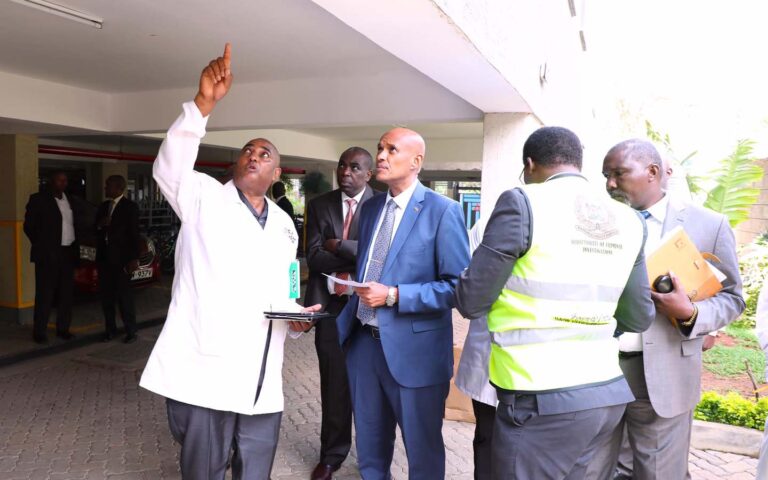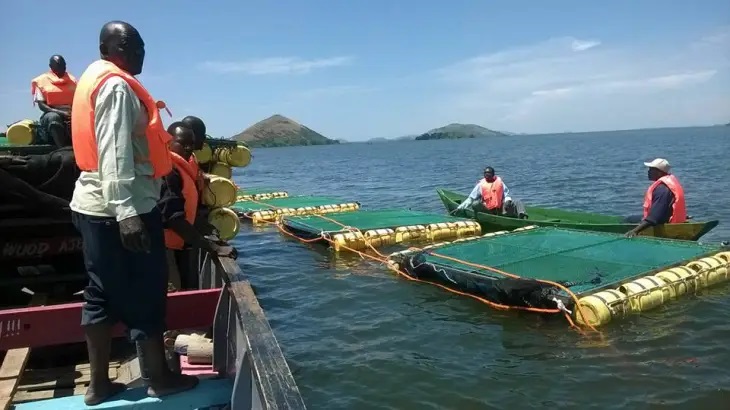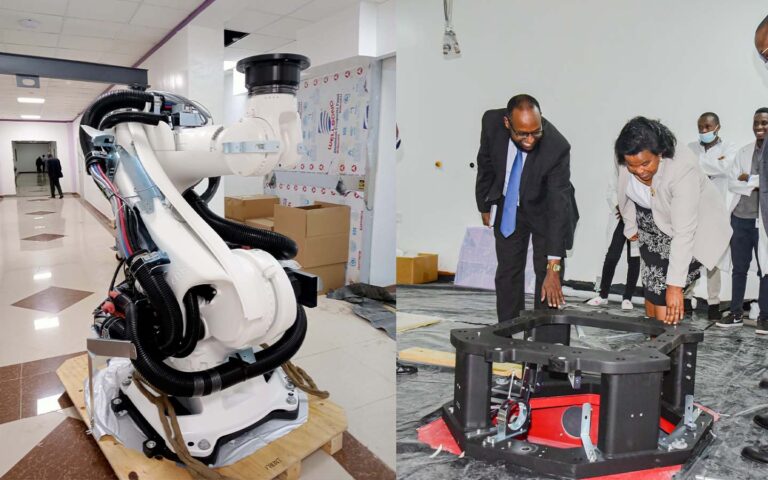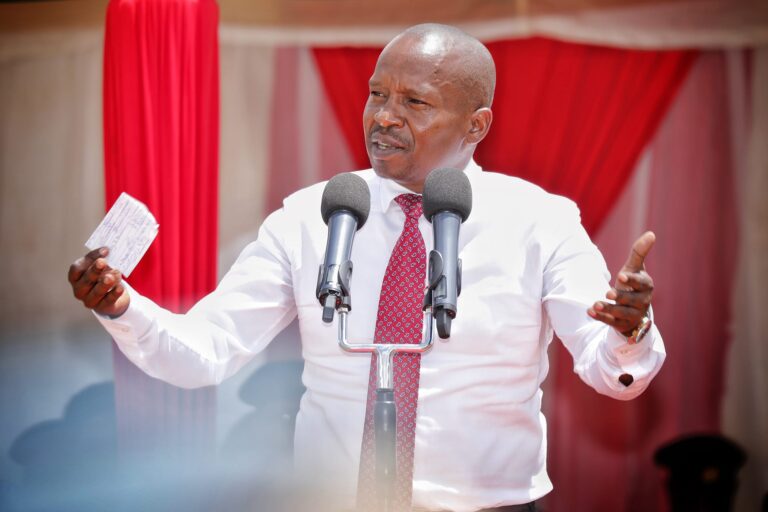At the 6th International Engineering Conference 2024 hosted by the University of Nairobi, Jackson Koimbori, Head of KEPSA Consult on Circular Economy and Climate Change, outlined a promising vision for Kenya’s private sector. The message: Kenya’s engineering community and private sector can harness green building technologies to thrive in the global carbon credit market while advancing sustainable development.
Kenya, increasingly impacted by climate change, has recognized carbon markets as a valuable tool in its sustainability arsenal. Carbon credits, which represent reduced greenhouse gas emissions, are becoming a significant means for nations to attract foreign investment, support environmental initiatives, and bolster economic growth. Mr. Koimbori’s address to engineers emphasized that Kenya’s private sector can access new financing sources by aligning infrastructure development with carbon credit opportunities.
Carbon markets allow companies to buy and sell carbon credits, an approach that incentivises emission reduction efforts. For Kenya, participating in these markets provides not only a method to lessen its environmental footprint but also a chance to stimulate its economy. By leveraging resources like green building technology, Kenya can create an infrastructure that meets the needs of a growing population while reducing emissions.
“Carbon credits are earned when a project reduces, avoids, or sequesters carbon dioxide emissions,” Koimbori explained, highlighting the potential of reforestation, renewable energy, and sustainable agriculture to generate credits. He encouraged engineers to innovate in their designs to align with carbon credit generation, stating, “By embracing these markets, we can tap into new financing sources that can support green initiatives and innovative projects, particularly in the private sector.”
For Kenya’s engineering sector, green building technology offers a practical and impactful approach to qualifying for carbon credits. This technology encompasses energy efficiency practices, sustainable materials, and renewable energy systems—all of which reduce a building’s carbon footprint. Engineers can drive change by integrating these elements into new projects, from commercial developments to residential buildings.
Koimbori elaborated on the financial appeal of green technology investments: “Companies that invest in green technologies and practices can not only sell carbon credits but also enjoy lower operational costs through energy savings.” Furthermore, international bodies and governments frequently offer incentives to projects that align with climate goals, creating additional funding channels for Kenya’s private sector.
Incorporating green building technologies not only supports environmental goals but can significantly benefit the bottom line. Reduced operational costs from energy efficiency and the
ability to sell carbon credits create an attractive proposition for investors. Mr. Koimbori also noted that funding opportunities and incentives from global organizations are more accessible than ever for projects that promote sustainability, offering Kenyan businesses a competitive edge.
Despite these opportunities, the path is not without challenges. Engineers and developers face high initial costs, a lack of public awareness, and regulatory obstacles in integrating green technologies. Addressing these challenges requires collaboration across sectors. Koimbori advocated for partnerships among government entities, private companies, and educational institutions to overcome financial and regulatory hurdles.
He urged engineers to advocate for supportive policies, stressing, “By fostering collaboration, we can develop solutions that overcome these barriers.” Such policies could help create an environment conducive to sustainable practices, allowing Kenya’s private sector to engage fully in carbon markets.
Mr. Koimbori cited international examples to underscore the potential impact of green building initiatives. In regions where energy-efficient systems are implemented, energy use has decreased by as much as 50%. He encouraged Kenyan engineers to replicate similar initiatives domestically, positioning them as leaders in sustainable design within East Africa. “These best practices should be shared and adapted to local contexts to inspire and guide future projects,” he said.
In closing, Mr. Koimbori called upon Kenya’s engineers to seize this opportunity to create a sustainable future. By integrating green technologies into infrastructure projects, Kenya can lead by example, establishing itself as a model for sustainable development in Africa. Koimbori’s vision of a greener, more resilient Kenya is one where engineers and the private sector play pivotal roles, shaping the nation’s response to climate change while reaping financial rewards through carbon credits.
“Our commitment to innovation and sustainability will be key in realizing the full potential of carbon markets in Kenya. Let us build a sustainable future for a greener, more resilient Kenya,” Koimbori concluded.















































































































































































































